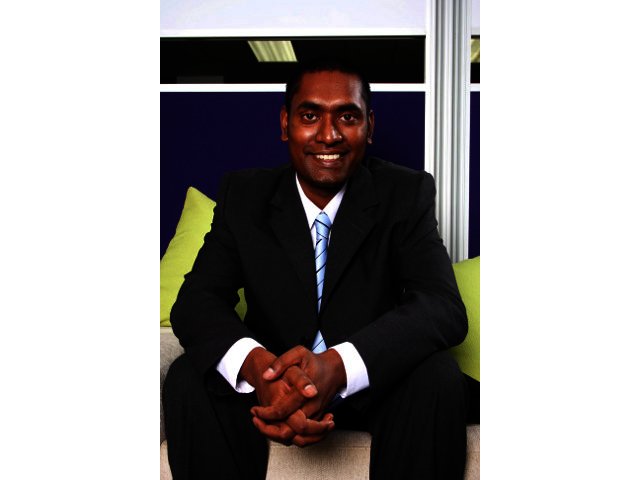By Sebastian Isaac, Business Development Manager at Rectron
The wearable technology market is growing exponentially. By 2019 it is predicted that there will be more than 148 million units shipped annually, up from 33 million shipped this year. At the same time, there is increasing movement of wearables from consumer niche interest to the enterprise.
This technology can no longer be seen as a passing trend, but something that is shifting the way we operate day to day, whether in our personal capacities or in the business space. For the channel, the challenge is to identify the opportunities the wearables market presents and offer workable solutions to capitalise on these opportunities.
The evolution of wearable technology
Wearable technology refers to electronic devices that are incorporated into items of clothing or worn as accessories. To begin with, the majority of these were geared towards the fitness market, with fitness trackers helping consumers to monitor their health while exercising.
However, while fitness bands continue to appeal to niche audiences, the evolution of wearables and specifically smart watches is seeing the development of more integrated, multi-faceted devices with applications spanning communication, lifestyle, heath and entertainment. The Samsung Gear S2, for example, has a built-in activity tracker, meaning the smart watch has multiple applications for a range of different activities – and this is a big driver of the wearables market. In fact, it is predicted that smart watches will lead the wearable product category, accounting for 70% of shipments by 2019.
That being said many of the current generation of smart watches, other than the Samsung Gear S2, are still reliant on being coupled with a smart phone. This is a significant obstacle to overcome because to become more mainstream, these devices need to be standalone computing devices with robust functionality. Affordability is also a stumbling block, although we are seeing prices coming down globally. In South Africa there is a growing trend for mobile operators to bundle smart watches with their contracts, making them more attainable for consumers.
Wearables in the enterprise
Until recently, the wearables market has been almost entirely consumer driven. However, Digital Director at Deloitte South Africa, Tim Bishop, says: “There is a big business case for wearables straight away within businesses and the enterprise, and there is no excuse not to be on the cutting edge of this era in South Africa.”
However, South African businesses tend to be conservative when it comes to new technology and it can be difficult for CIOs to wrap their heads around the business benefits of wearables. The solution to this is two-fold. Firstly, we need to find the “killer app” that addresses concerns around content and context. Secondly, there is a very real opportunity for the channel to consult customers in terms of giving them adequate guidance, services and training so that they can be one step ahead of their competitors.
The application of wearables for business
According to Bishop, we are waiting for a killer app because while there is plenty of content available, which can be adapted to according to activity, context is still missing. “The context of a wearable is so different, and once that is created, the tipping point for wearables will occur.”
The biggest application that could help create context is in the healthcare sector. Live monitoring of patients with serious and chronic illnesses is a game changer, allowing for minute by minute monitoring and the ability to act quickly should something go wrong. This is an extension of where wearables came from, with fitness trackers allowing people to manage their own health.
Beyond healthcare, there are opportunities for communication, the business sector and tracking technologies, and these will come to the fore with wearables manufacturers making development kits available for developers to create apps specific to wearable devices like smart watches. More generally, the trend of “wear your own device” (WYOD) is likely to take hold as the wearables market continues to grow, and so business specific applications will become more of a reality.
Opportunities for the channel
It’s at this point that the channel can play a significant role. Along with WYOD comes the potential for corporate confidentiality to be compromised. The sheer number of new devices coming on and off the network is likely to cause data management problems. Data loads will have to be monitored more carefully within data centres and bandwidth will need to be tracked to avoid bottlenecks. As such, the person in charge of managing a business’s network will need to have complete visibility to manage its performance, stability and security.
The channel needs to think smart and consultants need to talk to their customers to address their pain points and work on their BYOD/WYOD policy. The challenge for the channel is not to sell products, but to sell peace of mind, as well as complementary products that enhance this new way of operating.
Uncovering the real benefits of wearables
The real benefits of wearable technology – for consumers and for the enterprise – are still being discovered. It will likely take another two years before we start seeing a bigger uptake, as prices continue to drop, apps are developed and the application of the technology is clear across sectors.
So it’s in the channel’s best interest to work towards understanding the opportunities wearables present, as well as the consultation needed to make them appealing beyond the consumer space into the business world.





